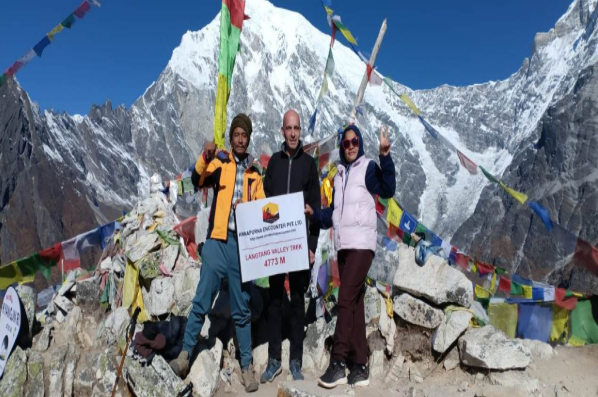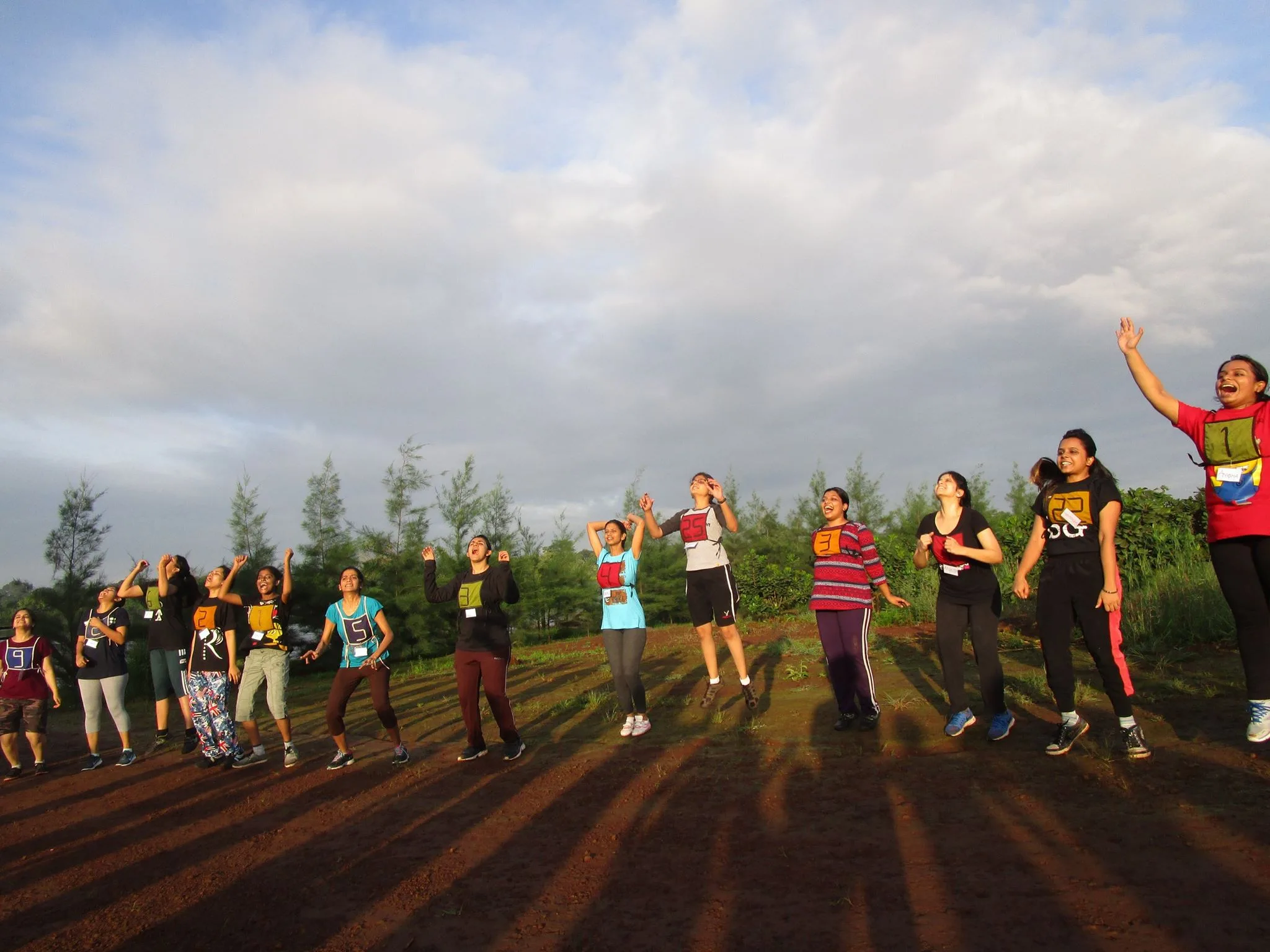The Langtang Valley Trek cost, a captivating journey through the heart of the Nepalese Himalayas, offers a unique blend of stunning scenery, cultural immersion, and challenging trails. However, a crucial factor to consider before embarking on this adventure is the cost.
Factors Influencing Langtang Valley Trek Cost
The cost of the Langtang Valley Trek can vary significantly depending on several factors:
- Trekking Duration: Longer treks naturally incur higher costs due to increased accommodation, food, and guide expenses.
- Travel Season: Peak seasons (spring and autumn) generally have higher prices for accommodation and transportation.
- Travel Style: Budget trekkers can significantly reduce costs by opting for basic tea houses and carrying their own gear. Luxury treks with private guides, porters, and high-end lodges come at a premium.
- Group Size: Joining a larger group can often lead to lower costs per person as expenses can be shared.
- Accommodation: Staying in basic tea houses is significantly cheaper than opting for lodges with more amenities.
- Food: Sticking to local Nepali cuisine is more budget-friendly than opting for Western or imported foods.
- Transportation: Internal flights and private vehicles are more expensive than public buses.
- Permits: Necessary permits, such as the Trekkers’ Information Management System (TIMS) card and the Langtang National Park entry fee, contribute to the overall cost.
- Guiding and Porter Services: Hiring a guide and porters significantly increases the cost but enhances safety and convenience.
- Personal Expenses: This includes costs for souvenirs, snacks, drinks, and personal gear.
Estimated Costs
- Budget Trek: $500 – $800 per person
- Mid-Range Trek: $800 – $1200 per person
- Luxury Trek: $1200 and above per person
Cost Breakdown
- Internal Flights: $150 – $300 (Kathmandu to Lukla and return)
- Transportation: $50 – $150 (Airport transfers, local buses)
- Accommodation: $10 – $50 per night (Tea houses or lodges)
- Food: $15 – $30 per day (Three meals)
- Guiding Services: $20 – $40 per day
- Porter Services: $15 – $25 per day
- Permits: $50 (TIMS card and National Park entry fee)
- Gear Rental: $10 – $30 per day (if needed)
- Personal Expenses: $50 – $100 per day (Souvenirs, snacks, drinks)
Tips for Reducing Costs
- Travel during the shoulder seasons (April-May and September-October) to avoid peak season prices.
- Join a group trek to share expenses.
- Stay in basic tea houses and opt for local Nepali cuisine.
- Carry your own trekking gear whenever possible.
- Minimize the use of helicopters or private vehicles.
- Bargain with local vendors and transportation providers.
- Plan your budget carefully and stick to it.
Conclusion
The Langtang Valley Trek, while offering a rewarding experience, requires careful budgeting. By understanding the factors influencing the cost and implementing cost-saving strategies, you can ensure a memorable and affordable adventure in the Himalayas. Remember, the true value of the trek lies not in the monetary cost but in the unforgettable memories and enriching experiences gained along the way.










